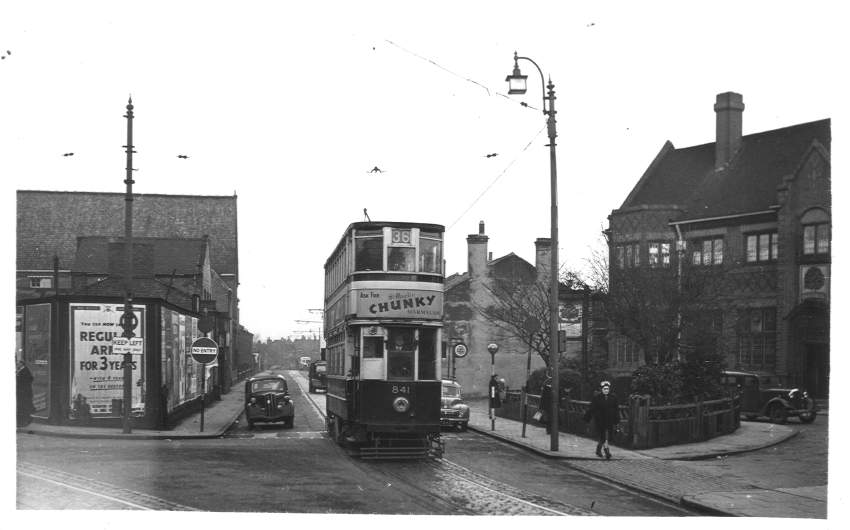
Hay Green Lane, Bournville.
International Women’s Day was born on the eve of World War I. Russian women, hoping for peace observed the first International Women’s Day on the last Sunday in February 1913. It was later transferred to 8th March and this day has remained the global date ever since.
In the late Victorian era, great unrest and critical debate was occurring amongst women. Oppression and inequality spurred women into inciting change. The campaign for Women’s rights in Birmingham began in 1866 with just three names on the very first ‘women’s suffrage’ petition.
Black Friday was a women’s suffrage event on 18 November 1910; the same year Stirchley Baths opened. The protest occurred when Prime Minister Herbert Henry Asquith indicated that there would be no more Parliamentary time for the reading of the Conciliation Bill. This bill would have extended the right of 1,000,000 wealthy, property-owning women to vote.
Approximately 300 women from Women’s Social and Political Union (WSPU) protested, with 200 assaulted and manhandled when they attempted to run past the police. This was the first documented use of police force against suffragettes. A total of 119 men and women were arrested.

On the night of 15 March 1914, Birmingham Suffragettes were responsible for a fire at Kings Norton Station. A number of railway coaches were set alight as an act of protest. Difficulty obtaining enough water resulted in fire damage totalling £1,000. A copy of ‘The Suffragist’ was found nearby.

This photograph of Stirchley Library highlights inequality in Edwardian society. Without full electoral rights, libraries offered opportunities for women to gain access to educational and learning resources. However, certain conditions were still applied, as indicated by the notice on the table.

The first woman to stand as a candidate for King’s Norton’s (which Stirchley was then part of) was Elizabeth Cadbury in the 1923 General Election. She was a Liberal, living at Manor House, Northfield, and was a city councillor for Kings Norton from 1919 to 1924. In 1928, 60 years after Birmingham’s Suffrage campaign had been launched at the meeting in the Exchange Rooms, New Street, all women were given the vote on the same terms as men.
It is worth noting that the first female Birmingham MP was Mrs Edith Wills; elected as Labour member for Duddeston in 1945. Later followed by Mrs Edith Pitt (Conservative) elected for Edgbaston in 1953.
The UK Equal Pay Act did not come into force until 1970 and the Sex Discrimination Act 1975.

